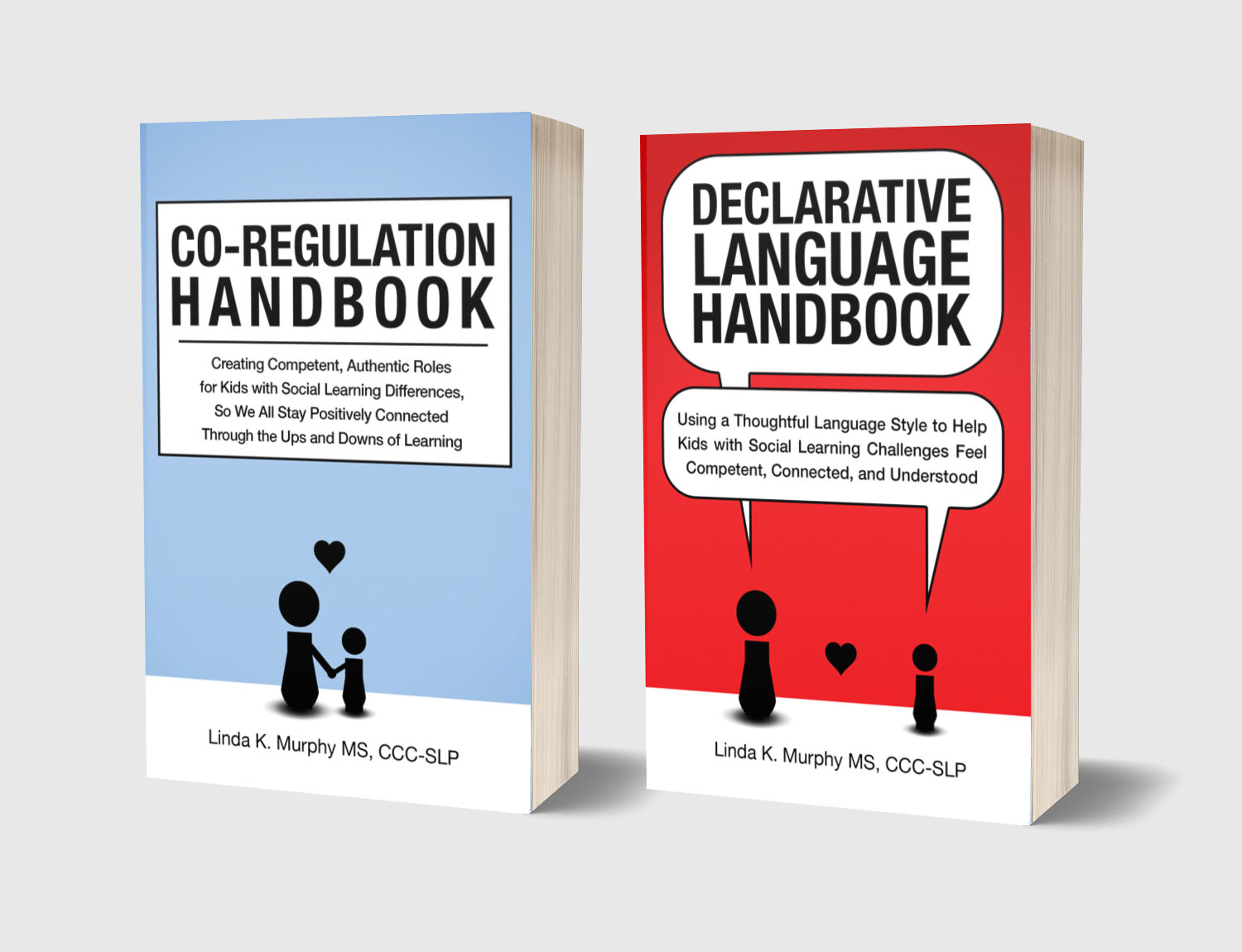
Keep It Real Clips
Declarative Language In Action.
Keep it Real Clips Background
During this time that we are all home with our kids, and perhaps feeling less patient overall, I though it might be helpful for others to see declarative language in action. I will be the first to say I am not a perfect parent, and sometimes I need to take some really deep breaths before guiding my boys to where I want them to go …. using declarative language. I thought it might be fun and interesting for you to see these moments in my life … not at all perfect… just me trying my best to practice what I preach! I’ve decided to call these “Keep it Real Clips!” If you like this one, let me know and I will try to do more!
I Don’t Want To Go On A Hike!!!!!
The background for this clip:
My son Desmond had been inside pretty much ALL day. And it was a beautiful day. Even on the nicest days it can be like pulling teeth to get the boys outside…. bonus if we can actually get them outside and exercising at the same time.
We had given both boys a heads up of our plan (“We are going to go on a short hike…”) and timeline (“…and will leave in 10-15 minutes”). Both Rob (my husband) and Freddie (my other son) were ready by the door. But – Des was STUCK. First - to the couch, and then to the floor. He wasn’t going.
In this clip, I use declarative language to do a few things:
1. Validate his feelings and let him feel heard. Often, once kids feel heard, they become more open to what you have to say. If you like this idea – check out Daniel Siegel’s work.* All of it is awesome.
2. Acknowledge and express that we are thinking differently about this opportunity (very differently…!)*, while communicating my confidence that together we will find a way that works for both of us.
3. I’ve learned a lot about using humor from Karen Levine*, Dot Lucci*, and June Groden* as a means to break tension, help kids let go of anxieties, and essentially - help kids get unstuck. Subsequently, if there is something that Desmond says or does that makes him smile or chuckle… I will always run with it in these moments. This is because I know his laughter, no matter how small, will help change the direction we are headed and ultimately help us to get unstuck. So, when he gets me with the, “Girls Night Out!” quip, … I just have to smile, laugh withhim… and give him credit for being the clever and cute boy that he is!
4. But despite this, I notice he is still stuck. So, I then make the call. I move away from trying to coax him to agree on his own, and instead move the process forward by setting a limit (“We are going”) and then – importantly – scaffolding* where I can: “I will help you by getting your socks and shoes.”
5. After the camera stopped rolling, it dawned on me that he hadn’t eaten for a while. In the moment I didn’t think of this, but once it did occur to me, I remembered how stuck Desmond can get when there is a physiological obstacle of some sort – i.e., when he has to go to the bathroom but won’t, when he is hungry, thirsty, tired, etc. Off camera, I grabbed a couple of cheese sticks and crackers, and that also greatly helped him get unstuck and into the car.
6. Once we were hiking, I wanted to be sure to go back and reflect on what happened. This is where episodic memory comes in.* Together I wanted us both to remember how to solve this problem for when it happens again (because it will).
7. And in the last part of the clip, when his silly humor again shines through (“chickens!”), I wholeheartedly embrace this moment as well, because I want him to form and store positive memories around this event.
Notes/links:
*Daniel Siegel - https://www.amazon.com/Whole-Brain-Child-Revolutionary-Strategies-Developing/dp/0553386697
*See more about different opinions in Ch. 5: Appreciating Different Opinions
*Karen Levine - http://drkarenlevine.com/
*Dot Lucci - https://nesca-newton.com/lucci/
*June Groden - https://www.amazon.com/Everyone-Autism-Spectrum-Young-Self-Efficacy/dp/1849058539
*See more about scaffolding in Ch. 11: Troubleshooting Tips
*See more about episodic memory in Ch. 4: Using Episodic Memory for Problem Solving
